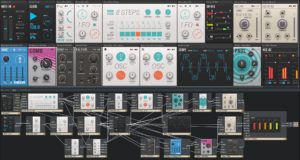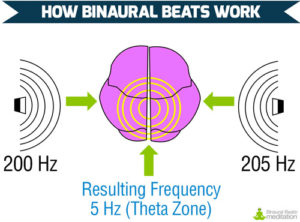Curiosities
Curiosity and Creativity –
An active curiosity is what keeps me creating, or at least creating content that doesn’t sound exactly like my previous work.
Reflecting on my creative process, I find that curiosity leads to research, which leads to new knowledge, which leads to new practices, which leads to new works.
I try to make room every week to indulge my music production curiosities. As a lecturer in audio at SAE, I justify this time as Professional Development and have witnessed that it does indeed make me more inspired, more inspiring, and in general a better teacher and practitioner.
Currently, I have many areas of curiosity. Some of these interests have been with me for a while. I tend to find they cycle in and out of my life, each bout of curiosity enabling me to delve deeper into each area of interest.
3 areas of curiosity that have boiled to the surface of my creative process recently are:
Vintage reel to reel tape machines –

I am most curious about old reel to reels ability to lend saturation, organic compression and noise to an audio signal. I have recently purchased an old tape machine from eBay and am beginning my research. This research has particular relevance to a few different records that I’m working on at the moment, all of which are open to, and may benefit from some vintage tone colour and noise. The above picture is of my new baby (reel to reel tape machine).
Modular Synthesis –

I am curious and experimenting with notions of modular synthesis at the moment. Due to financial restrictions, I am not currently able to purchase any hardware units, but via an academic discount, I have been able to engage with Native Instruments’ Reaktor Blocks, which is a digital equivalent. The Blocks environment has countless possibilities; one can load as many oscillators, filters, FX and modulators as one wants, and patch them together in limitless variations, producing limitless sonic results.
Binaural Beats –
Lastly, another area of research that I’m dedicating a bit of time to once again is that of binaural beats and isochronic tones.
A helpful site that my curiosity has recently led me to has been subaqueousmusic.com. Check out the free E-Book from this site which details how to create these sonic phenomena within Ableton.

The above picture is taken from binauralbeatsmeditation.com, which is one of many useful online sources of information for the curious on this subject. The basic principle for those not familiar is that when the brain hears two marginally different frequencies sent to either ear, it perceives a third frequency, that being the difference between the two frequencies. The brain further starts to produce brainwaves at that same frequency (Hz). As various brainwaves are associated with different conscious states, it is suggested that binaural beats can entrain the listener into different states.
Whatever happens in your life this week, I hope you manage an hour or so to pursue your own curiosities.
References:
Binaural Beats Meditation (n.d.). How our special music works. Retrieved from https://www.binauralbeatsmeditation.com/the-science/
Native Instruments (n.d.). Reaktor 6 Blocks. Retrieved from https://www.native-instruments.com/en/products/komplete/synths/reaktor-6/blocks/
Subaqueous (2015). Creating Binaural Beats with Ableton Live. Retrieved from http://subaqueousmusic.com/binaural_beats/


